Dell U3014 LCD Review
by Chris Heinonen on April 15, 2013 2:00 PM ESTThe last Dell monitor that I reviewed, the U2713HM, really impressed me by having a very accurate sRGB mode out of the box. It was the best performing one that we had seen to that point, but since then we’ve switched the way that we evaluate monitors and now use dE2000 data that can’t be directly compared with previously tested displays.
Pre-Calibration with the Dell, the sRGB mode was the most accurate, though I did look at the grayscale on every other mode to be sure before I selected it. The Multimedia preset was the closest other than the sRGB, but color accuracy on it wasn’t nearly as good as it was on the sRGB mode. Looking at the grayscale data, we see that there is a bit of a green push there, and our average CCT winds up at 6389 and not quite the ideal 6503K.
The Gamma has a small dip at 5%, indicating that the gamma is an sRGB target and not our 2.2 target, but there is also a large drop at 95% that I see many times in displays. This indicates that the very peak whites are spaced too tightly together, possibly by an incorrect contrast setting or something else in the display electronics. You’ll see highlights be slightly washed out as a result.

The grayscale dE hovers right around 3-5 for most of the range and has an average dE2000 of 4.3. I did measure a contrast ratio of 905:1 in this mode, with whites just over 200 cd/m2 and black at 0.2225 cd/m2. The grayscale is good here but not excellent.
Colors are much better, with the major errors being in white, but overall the luminance levels are very good. That's the most important aspect and the color errors are low. If we could remove white from the average it would be far below the 2.14 we got, but color performance is very good. They also match up pretty close to the targets, with just slight under-saturation in some colors.
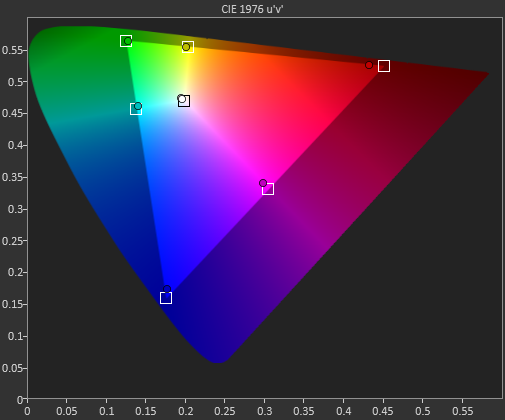
The Gretag Macbeth numbers are very good for a non-calibrated display, and we once again see that the grayscale is the majority of the issue here, with colors being much better. That’s a bit surprising to me as often it’s the other way around, but that is just what we see this time, along with some more slight under-saturation. I included the luminance chart here for the Gretag Macbeth data just to show that the U3014 is dead-on accurate with the luminance levels, which is what you want to see.
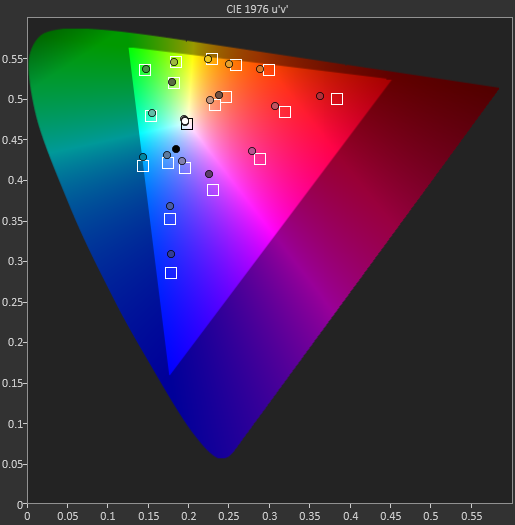
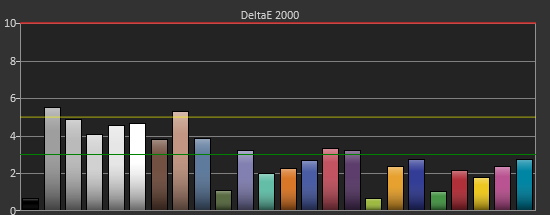

Finally when we check out the saturations, we see that some colors are very good, like Yellow and Green, but Red has a noticeable lack of saturation across the gamut, and the issues get larger as we get closer to 0%. These aren’t awful numbers, but they're not as good as we could see.
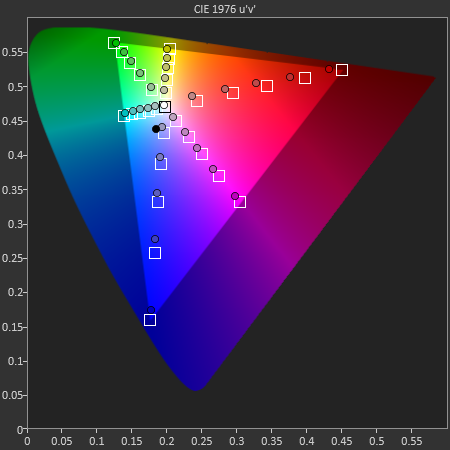
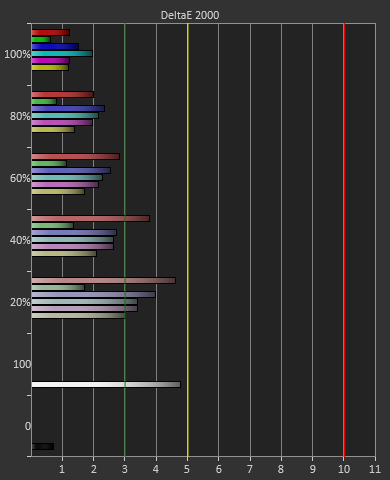
In the default sRGB mode, the U3014 is still very good, and as we get more displays in for testing I think the quality of those numbers will just improve as we see what other displays manage on our new benchmark. Keep in mind that these are all out-of-box numbers so far, where many displays end up close to double digits for DeltaE.


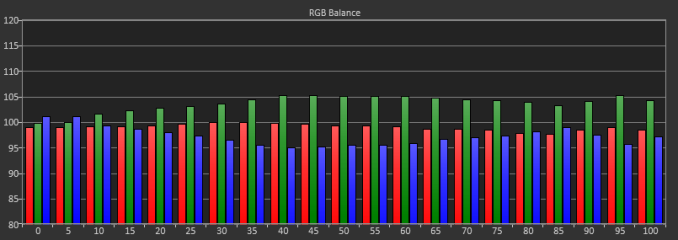
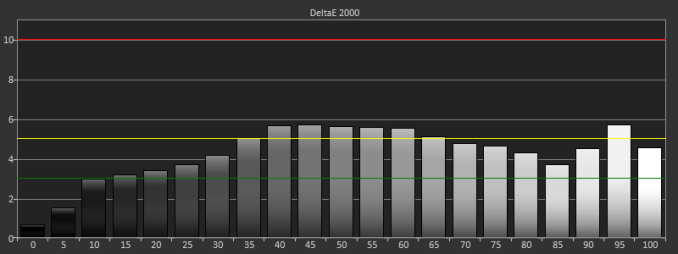










84 Comments
View All Comments
twotwotwo - Monday, April 15, 2013 - link
Wow, kind of surprised at monitors with 30+ millisecond lag times. I know it's not *that* long. But it is longer than my ping time to Google, and it's hand to monitor, not over a wide-area network. :)cheinonen - Monday, April 15, 2013 - link
I really think this is more of a factor of target markets. Games don't use AdobeRGB gamuts, or really need uniformity correctly like photo and graphics work do. If the processing for those features adds a bit of gaming lag I don't think Dell would consider that a big downside, since that isn't the target market anyway. As I said in the review, I'm only so certain on those lag numbers, as other people found much better ones, but methods for measuring lag on a 30" display are a little lacking right now.Kurge - Monday, April 15, 2013 - link
It has excellent lag times, well above average. It has a game mode which apparently they didn't test?cheinonen - Monday, April 15, 2013 - link
The lag times are using the game mode. I'll update the text later to reflect this fact.Sabresiberian - Monday, April 15, 2013 - link
Tftcentral reports a significantly lower lag time in gaming mode:http://www.tftcentral.co.uk/reviews/dell_u3014.htm
They are using a different method than they did a few months ago, and all the numbers are lower than what they used to report. They claim it is more accurate.
AnnonymousCoward - Tuesday, April 16, 2013 - link
cheinonen, lag sucks for normal use, not just gaming! Most people are slower mouse users than myself; I demand responsiveness. I also don't want audio/video out of sync.Martin_Schou - Monday, April 15, 2013 - link
To be fair, a ping is typically only 32 bytes. A 2560x1600 monitor has 4 million pixels, each of which needs at least 32 bits of data.JlHADJOE - Monday, April 15, 2013 - link
To be fair, the distance to your monitor is typically only 3 feet. A ping to google's servers is probably several hundred miles, each hop of which needs to go through routing equipment which adds its own latency.Sabresiberian - Monday, April 15, 2013 - link
Number of pixels doesn't seem to be the cause of greater lag, added OSD and connection types make a big difference.asdftech - Friday, April 19, 2013 - link
Throughput and latency are different things.